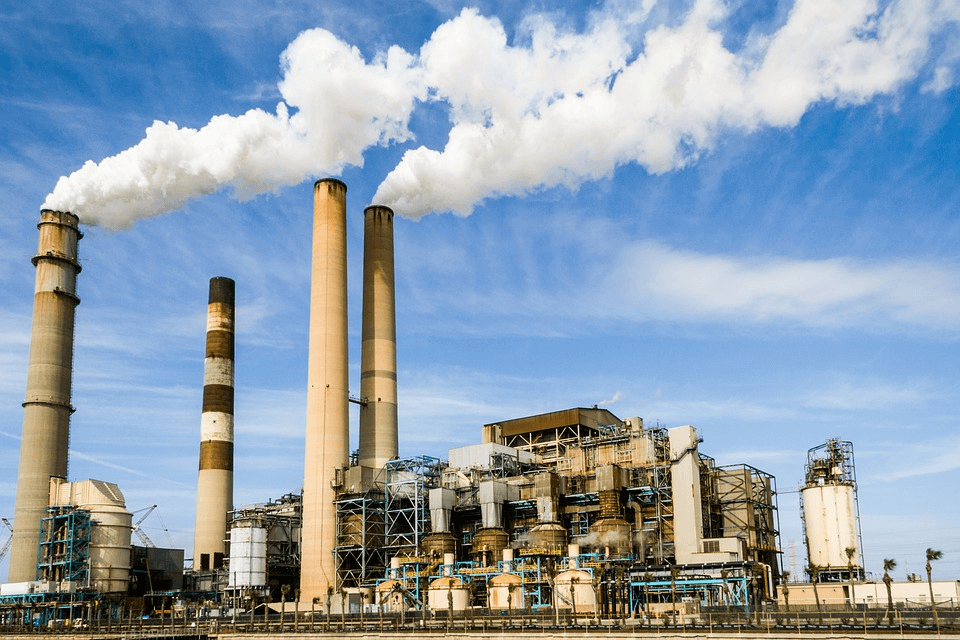Article by Anita Okemini and Amanda Archibong of the Abuja Global Shapers
Africa continues to receive the lowest share of Foreign Direct Investment (FDI) in the world. The UNCTAD investment report for 2016 estimates that Africa’s share of FDI inflow is ~ $59 Million, which is just 3% of the worlds FDI inflow – as depicted in the graph below.

Figure 1: FDI inflows, 2016, Millions of dollars
Often Intra-Africa Investment figures are lumped together with figures for intra-Africa trade which is estimated at between 10-12%, [1]this means that investment values are often unavailable. However a 2012 report by the Columbia center on sustainable international investment estimated intra- Africa investment between 2003 and 2010 to be ~ 5% (46bn USD) of total investment into Africa.
In more recent years, we have seen some growth in these numbers, for example “Intra-African greenfield FDI projects- which include FDI in which parent companies build their company in a foreign country from the ground-up, accounted for just 8% of all such projects into Africa in 2007. In recent years however, Africa has become the second largest source of Greenfield FDI projects into Africa, just after Western Europe, rising to 22% in 2013.”[2] Nevertheless, there remains a lot of work to be done in ensuring even further increases in intra –Africa FDI.
The benefits to African economies from Intra-Africa investment cannot be overemphasized. The socio-economic factors include: diversification into manufacturing and services, increase in employment rates for youth and subsequent reduction in youth-related civil unrest. Some of these benefits are elaborated below.
Why is intra-Africa Investment important?
Inter- African FDI is crucial for Africa’s growth. For several reasons:
- Promotes investment into overlooked African countries: Foreign FDI is often targeted at South Africa, North Africa or oil producing economies, to the detriment of other African countries which are overlooked. Historically, Intra-African investment flows have gone to countries like Tanzania, Uganda, Rwanda, and Zambia – who often do not receive these Foreign FDI’s.
- Promotes diversification: Foreign FDI has historically been rent-seeking, whereby and for that reason concentrated on the extractive industries. Intra-Africa investment often involves investment into the manufacturing and services industries. Some examples of this include: Dangote cement’s $5 billion investment to build a pan African cement group with factories in Senegal, Zambia, Ethiopia and South Africa and the expansion of banks such as Ecobank into 36 African countries. These types of investments promote a movement up the value chain for African countries with which come capacity benefits.

- Increased FDI often leads to job creation thus increased employment: With Africa being the world’s youngest continent, youth unemployment levels hover at around 12%, according to International Labour Organization (ILO). Additionally, the ILO reports that Africa has the highest rate of working poverty, defined as employment but with wages of less than $2 a day. The traceable link between unemployment, poverty and civil unrest are evident as is the case across West, East, and the horn of Africa.
Other benefits of intra-African investment include an inflow of revenue into the economy allowing for increased investment into areas of crucial need. Additionally for the investor, it will mean access to a larger market base and thus increased company revenue.
Understanding the hindrances to Intra-African trade?
Africa is a continent with 54 countries, each with different sets of rules and regulations governing their investment landscape. The African Union Agenda 2063 sets out a continental framework to coordinate investment policies in Africa. African Regional Economic Communities (RECs) are yet to attain integration in investment terms and so this continues to be a challenge. Some key barriers to intra- African investment include:
- Intentional and unintentional barriers to investment entry.
- Intentional barriers include:
- Equity restrictions, which still exist in countries such as Ghana and Mauritius- limiting foreign share of equity ownership.
- Exemptions on involvement in certain sectors such as the petty trading sector in Ghana.
- Minimum investment requirement. Again in Ghana, Foreign investments are subject to the following minimum capital requirements: $200,000 for joint ventures with a Ghanaian partner; $500,000 for enterprises wholly-owned by a non-Ghanaian; and $1 million for trading companies (firms that buy or sell imported goods or services) wholly owned by non-Ghanaian entities.
- Non-intentional barriers: These are often associated with inefficiencies in the procedures concerning investment flow such as registration processes, screening process etc
- Intentional barriers include:
- Challenges associated with transfer pricing– which are the rules around prices for intra- Africa transactions. The world banks trade and competitiveness practice states that these have implications on tax obligations and promote multiple taxation.
- Lack of transparency and consistency of regulations governing investments – with regulations that are prone to constant changes, the risk associated with intra- Africa trade is increased
- Investor protection can also be a challenge for intra-African trade with weak judicial systems; investors believe that they are not adequately protected by the law.
Our suggested change framework
We would suggest that intra-African trade barriers are tackled in the steps identified in the diagram below- with strategies implemented at the National and Regional levels. Underpinning all this is a need for key stakeholder buy-in.

Figure 2: Strategies to curb Intra-Africa investment barriers
To learn more about promoting #OpenAfrica please check the website www.OpenAfrica.org.za/blog


